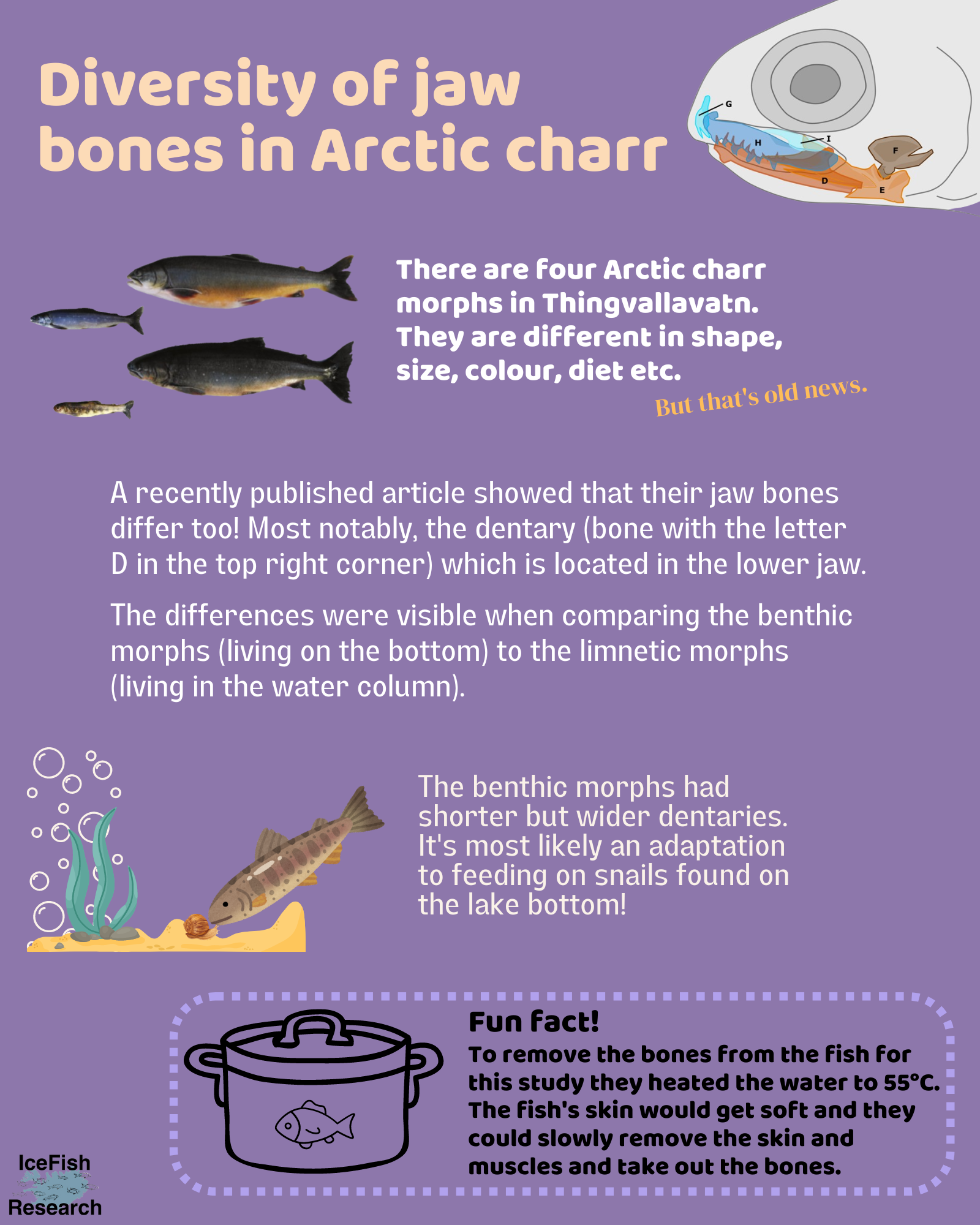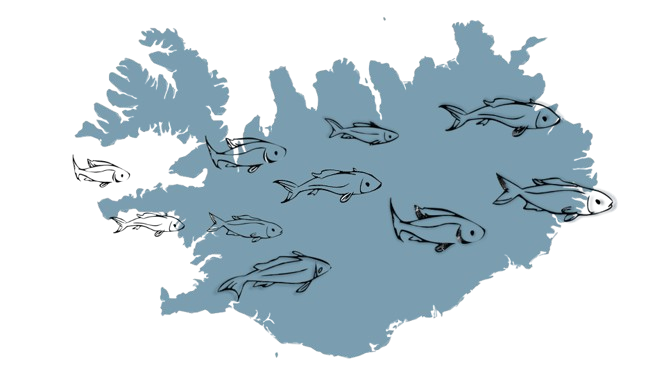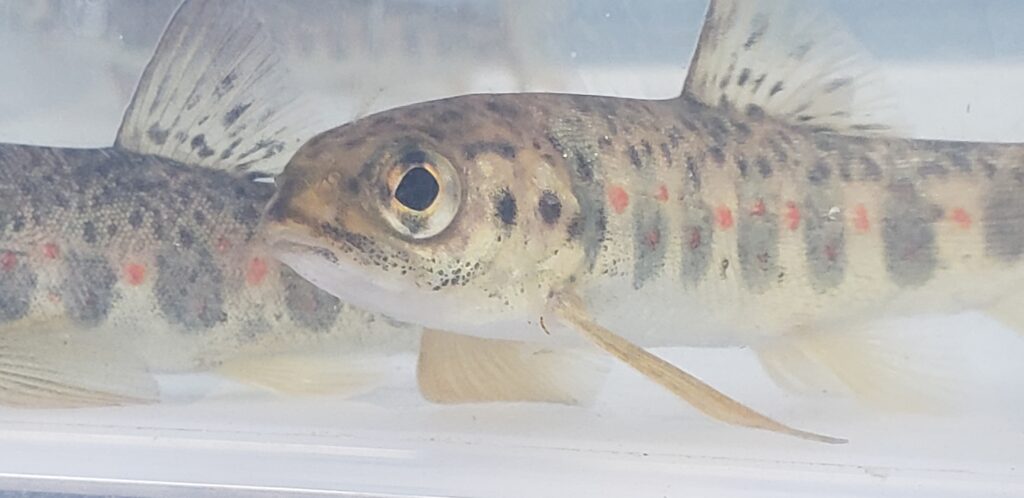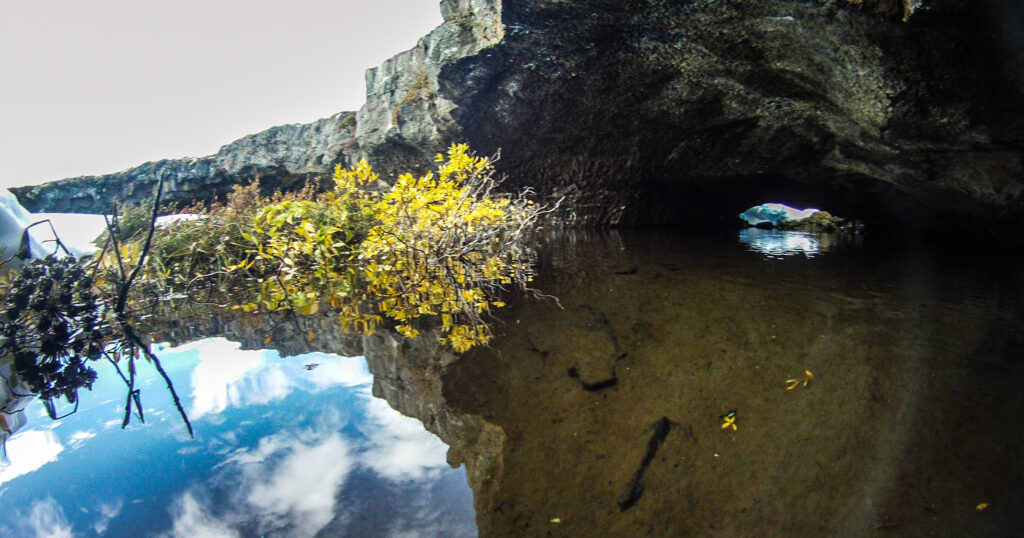Diversity of jaw bones in Arctic charr
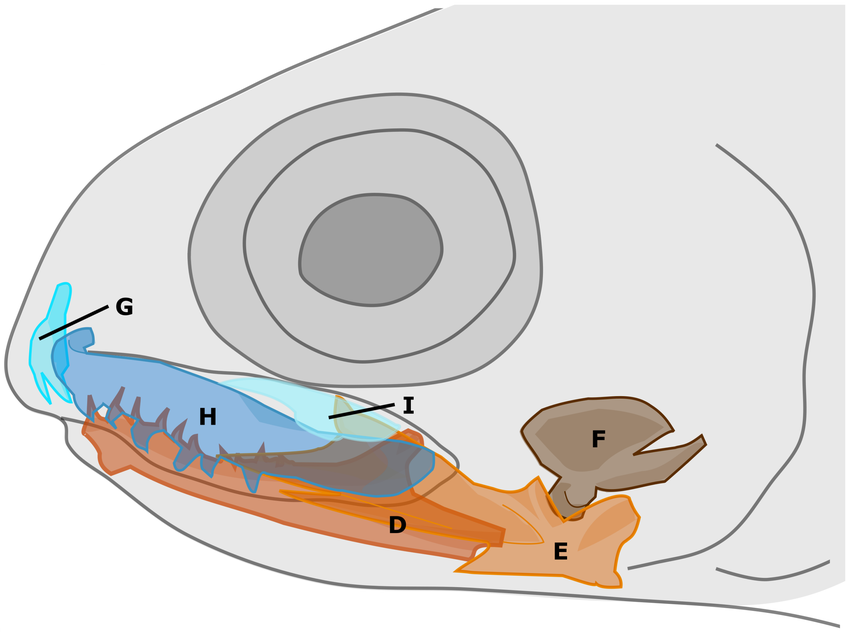
Written with Guðbjörg Ósk Jónsdóttir.
At the end of May Guðbjörg Ósk Jónsdóttir and her team published an article on the diversity of jaw bones in Arctic charr. They looked into the differences in the skull of the Arctic charr morphs in Thingvallavatn.
A little bit of background on the Arctic charr morphs in Thingvallavatn
After the last Ice Age, about 10.000 years ago, the Arctic charr came to live in Thingvallavatn. And since then the Arctic charr has become four different morphs. The four Arctic charr morphs in Thingvallavatn are very well studied, two of the morphs are what we call benthic (SB and LB-charr, mainly living at the bottom of the lake) and two are limnetic (PL and PI-charr, mainly living in the water column) we know that they use different habitats and eat different prey (SB and LB-charr eat snails, PL-charr eats zooplankton and PI-charr eats sticklebacks) and that they have different overall body shapes.

Why study bone shape?
But if we already know that the fish differ in body shape, why would we want to know skull/bone shape? Well, differences in external body shape can be because of many different reasons, think of two humans, even if these two humans have the same skeleton their bodies can still differ, for example, based on how often they go to the gym to lift weights.
Therefore, they wanted to see whether there was any difference in the shape of the skeleton itself. They focused on the skull, specifically the jaw (fun fact: fish can have many jaws like the aliens from Alien, but here they looked at the oral jaw which is like the “normal” jaw). They wanted to see if the shape of the jaw was adapted to the different prey the morphs eat. Interestingly, unlike mammal skulls where most bones are joined together, we generally talk about two major units in the skull (the lower jaw and the rest of the skull). Fish skulls are made of loosely connected bones, up to 60 of them. Which is a lot of bones, therefore they narrowed their scope and mainly focused on six jawbones, three in the upper jaw (premaxilla, maxilla and supramaxilla) and three in the lower jaw (dentary, articular-angular and quadrate).

Getting the bones to study them
The fish were caught by gill nets and with a seine net. Afterwards, they removed the six bones from the head using a maceration protocol. This is just a fancy way of saying that they heated the fish in 55°C water so the skin would get soft. Afterwards, they slowly removed the skin and muscles and removed the bones. After which they photographed each bone. Then they used what is called geometric morphometrics where a computer program reads the shape of the bones and compares the differences between the morphs.

Differences in bones between the limnetic and benthic morphs
They found significant differences between morphs in four different bones (dentary, articular-angular, premaxilla and maxilla). Many of the differences were between the benthic and limnetic morphs. That is to say, fish that feed on benthic prey had differently shaped jawbones than fish that feed on limnetic prey.
Zooming in a bit more on the dentary bone in the lower jaw, it showed the clearest differences between morphs. The benthic morphs (SB and LB-charr) have a different dentary shape compared to the limnetic morphs (PL and PI-charr).
They generally saw that the benthic morphs had shorter but wider dentaries compared to limnetic morphs (more shaped like a square). While the limnetic morphs had longer but narrower dentaries compared to benthic morphs (more shaped like a rectangle). These differences can in part explain the overbite (lower jaw shorter than upper jaw) that benthic morphs have.
These results have led us to hypothesize that the shorter but wider dentaries of the benthic morphs are an adaptation to feeding on benthic prey. Therefore, having an overbite may be beneficial for plucking out snails from the lake bottom.
What is next for Guðbjörg?
This article will set the next steps as Guðbjörg is continuing to work on Arctic charr bones in her PhD that she started last year. She wants to dive further into the bone differences in Arctic charr in lakes all over Iceland as well as study the bones of juvenile fish. She would even like to look into the bones of the anadromous charr (these Arctic charr spent part of their life in the ocean). Thus, a lot of follow-up studies are possible for her to do!
Scientific research is teamwork
Guðbjörg could not have done this research alone and she wants to specifically thank Dr. Sarah E. Steele. Guðbjörg states: “When I started working on my master’s project, which eventually became this paper, I had never done any form of shape analysis nor learned about it in any of my classes. Sarah was the one who taught me how to landmark and answered all of my questions. Without her, this paper would never have come to be.”
Furthermore, two interns, Laura-Marie von Elm and Samuel Tersigni, were of great help with bone processing and ageing of fish.
Want to learn more? Read the paper here or leave a question down below and we get Guðbjörg to answer your question (Icelandic or English).
